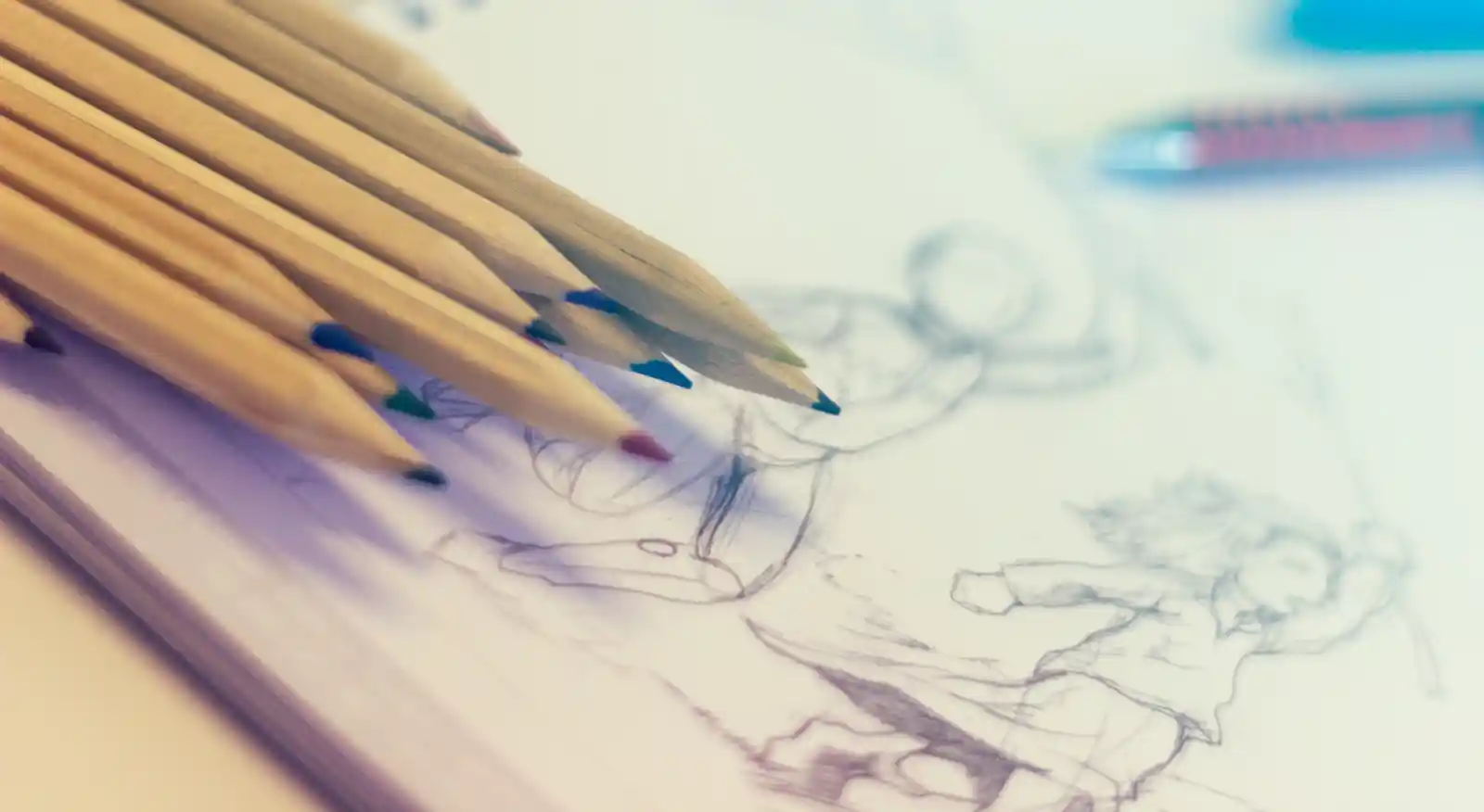
How to Start Drawing for Beginners: A Friendly Guide to Begin Your Art Journey
Starting something new can feel a little scary — but also incredibly exciting.
If you’ve ever picked up a pencil and thought, “I wish I could draw,” you’re already halfway there!
The truth is, anyone can learn how to draw. You don’t need natural talent or expensive tools — just curiosity, a bit of practice, and a willingness to enjoy the process.
This beginner-friendly guide will walk you through how to start drawing from scratch, step-by-step, in a way that feels simple, achievable, and fun.
Why You Should Start Drawing
Before we dive into the how, let’s talk about why drawing is so wonderful:
- It boosts creativity and helps you see the world differently.
- Drawing is a great way to relieve stress and improve mental health.
- It sharpens focus and patience over time.
- You’ll develop a new skill that stays with you for life.
Remember: you don’t have to be perfect to enjoy drawing.
The beauty is in the process, not just the final picture!
1. Start With the Right Mindset
First things first:
Forget about creating a masterpiece. Focus on enjoying the act of drawing itself.
Many beginners get discouraged because they compare their work to professionals.
Everyone starts somewhere — even famous artists had shaky first sketches!
Tips for a good mindset:
- Allow yourself to make mistakes.
- Celebrate small improvements.
- Draw what makes you happy.
2. Gather Basic Drawing Supplies
You don’t need fancy materials to start.
Here’s a simple beginner toolkit:
- Pencils: HB (medium), 2B (soft), and 4B (softer, darker).
- Eraser: A soft eraser for mistakes and a kneaded eraser for lightening areas.
- Sketchbook: Any notebook with blank pages.
- Sharpener: Keep your pencils sharp for better control.
Optional but helpful: Colored pencils, basic markers, and a ruler.
You can upgrade your tools later as you progress!
3. Learn How to Hold Your Pencil
How you hold your pencil affects how your lines look.
There are no strict rules, but here are two popular grips:
- Writing Grip: Like you hold a pen. Good for small, detailed work.
- Overhand Grip: Holding the pencil lightly from the side. Great for shading and sweeping lines.
Experiment and see what feels most natural to you!
4. Start With Basic Shapes
Instead of trying to draw complex things right away, start with simple shapes:
- Circles
- Squares
- Triangles
- Rectangles
- Ovals
Practice drawing these freehand over and over.
You’ll build muscle memory, and it’ll help a lot when you start sketching objects.
Fun idea:
Try turning simple shapes into small doodles (e.g., a circle into a sun or a square into a house).
5. Practice Drawing Lines and Curves
Lines are the foundation of drawing.
Spend a few minutes a day practicing:
- Straight lines
- Wavy lines
- Zig-zags
- Spirals
Vary the pressure on your pencil to see how light or dark your lines can be.
This exercise improves your control and confidence.
6. Sketch Everyday Objects
Look around your home and pick easy things to sketch — a coffee mug, a book, a plant.
Tips for sketching:
- Start with the outline first.
- Don’t worry about small details yet.
- Look at the object more than your paper!
- Keep your hand moving lightly.
The goal is to train your eye to see shapes, not to create a perfect copy.
7. Learn About Light and Shadows
Shading is what makes a drawing look three-dimensional.
Beginner steps to shading:
- Choose a simple object (like an apple).
- Notice where the light hits and where the shadows fall.
- Use your pencil to make lighter and darker areas.
- Blend lightly using small circular motions.
Tip: You can use a cotton swab or tissue to gently blend your shading.
8. Try Easy Drawing Tutorials
There are lots of beginner tutorials online and in books that guide you step-by-step through easy drawings.
They might show you how to draw:
- Cute animals
- Cartoon characters
- Simple landscapes
- Basic human figures
Following along builds confidence and teaches you techniques without feeling overwhelming.
9. Keep a Sketchbook Journal
Make it a habit to draw something every day, even for just 5–10 minutes.
Sketch what you see, how you feel, or doodle something random.
Having a sketchbook:
- Tracks your progress.
- Helps you stay motivated.
- Becomes a personal creative diary!
Remember: No one needs to see it unless you want them to.
10. Be Patient With Yourself
Learning how to draw is a journey.
You will have good days and not-so-good days — and that’s totally okay!
Key reminders:
- Draw regularly, even if it’s just for fun.
- Don’t judge your work too harshly.
- Focus on progress, not perfection.
Over time, you’ll see amazing improvements without even realizing it!
Bonus: Fun Beginner Drawing Challenges
If you want some fun ideas to stay motivated, try:
- Draw 30 Things You Love: One small thing each day.
- Daily Doodle: Sketch one random doodle before bed.
- One Subject, Many Styles: Draw the same object (like a cat) in different cartoon styles.
- Left Hand Challenge: Draw something with your non-dominant hand!
